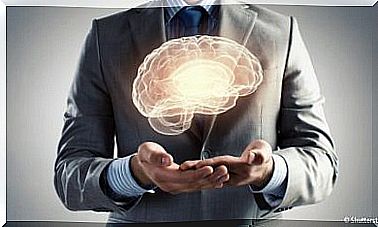Nociceptors, Pain Receptors
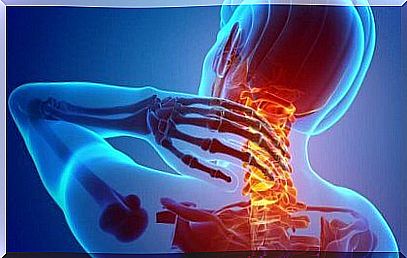
Pain. We all experience it, our skin is like a minefield where any blow, puncture, friction or heat source produces a reaction. Sometimes, it is even our own body that causes this suffering by triggering inflammation. The interesting thing about this is knowing that all these sensations are detected by very specific receptors: nociceptors.
If there is one thing that a human being (and any other living being endowed with a central nervous system) would like, it is not to experience pain. However, the experience of pain plays a primary role in all of us. If we walked through our day to day being immune to every blow, burn, injury or the physical indicators of disease, we would surely enjoy a really short life. Moreover , it is known that there are people with congenital analgesia (insensitivity to pain) who have an existence as tragic as it is brief.
Pain informs, reveals how we feel and in turn helps us react to dangerous or harmful stimuli. Thus, we could say, almost without error, that nociceptors guarantee our survival, allow us to have a better quality of life and to relate much better with ourselves and our environment.
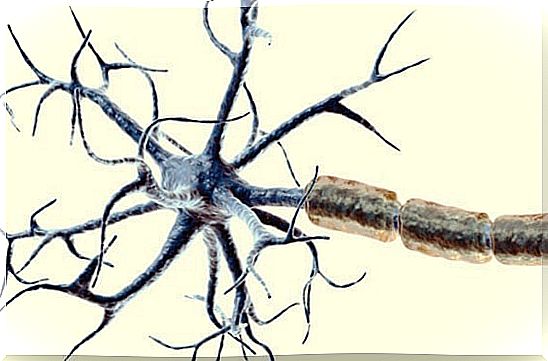
Nociceptors, what are they?
We cannot live without pain. Few certainties are so persistent. However, who are biologically responsible for our experiencing it? Well, it must be said that the only culprit is the brain. But it does need that, of some allies that detect painful stimuli and of a whole complex network that conducts the information of that experience, such as the thalamus and sensory input.
Nociceptors are precisely those who detect these unpleasant sensations. These are nerve endings (the end of an axon) and that we have located throughout the body. They are found both in our external tissues (skin) and in any area of our internal physiology (muscles, intestines, bladder, ovaries …). They are the ones who evaluate the damage to the body while we are experiencing that pain, they who transmit that information to the nervous system central.
As a curiosity, it should be said that not only we and animals have these sensory receptors. Also the simplest organisms like the prochordates (a type of marine invertebrate) have their nociceptive function. We all need these structures as a defense and conservation mechanism.
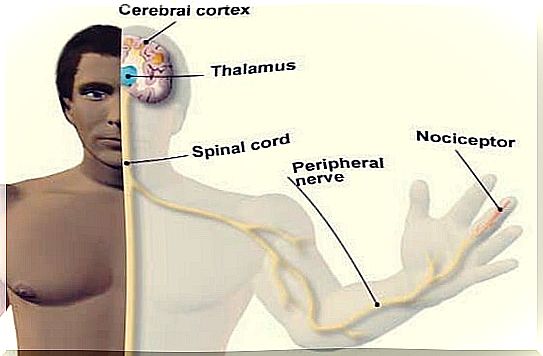
Types of nociceptors
they make up a very heterogeneous mosaic. It should be said that although each one reacts to a stimulus and that different typologies can be established, scientists continue to have serious difficulties in differentiating them. If it could be achieved, the drug industry could create more precise and effective chemical targets for pain management. It is a challenge in which science is progressing little by little.
Let’s see however what types of nociceptors we have in our body.
- Chemoreceptors. These nociceptors react to certain chemicals that our tissues release when they become infected, sick, or inflamed. We are talking about substances such as bradykinin and histamine, substances that reach the blood when we suffer an injury, when a cut becomes infected or when we receive a blow.
- Thermoreceptors. As the word indicates, we speak of those pain receptors that are activated when we make contact with a surface or element of high temperature. As a curiosity, it should be noted that very often we experience this painful sensation without even knowing what has happened or what we have touched.
- Mechanoreceptors. Any mechanical pressure that exceeds the threshold of simple friction until reaching injury, impact or deformation of a tissue in our body, will activate the mechanoreceptors. It is the most common type of pain and in turn the fastest that we notice because this information is conducted through the delta A fibers (myelinated nerves)
- Silent nociceptors. This type of nociceptor, unlike the previous one, takes a long time to activate. It refers to those receptors located in inflamed tissues, right next to some injury.
- Finally, polymodal nociceptors are a challenge for scientists. The reason? They respond to all the types of stimulation mentioned above.
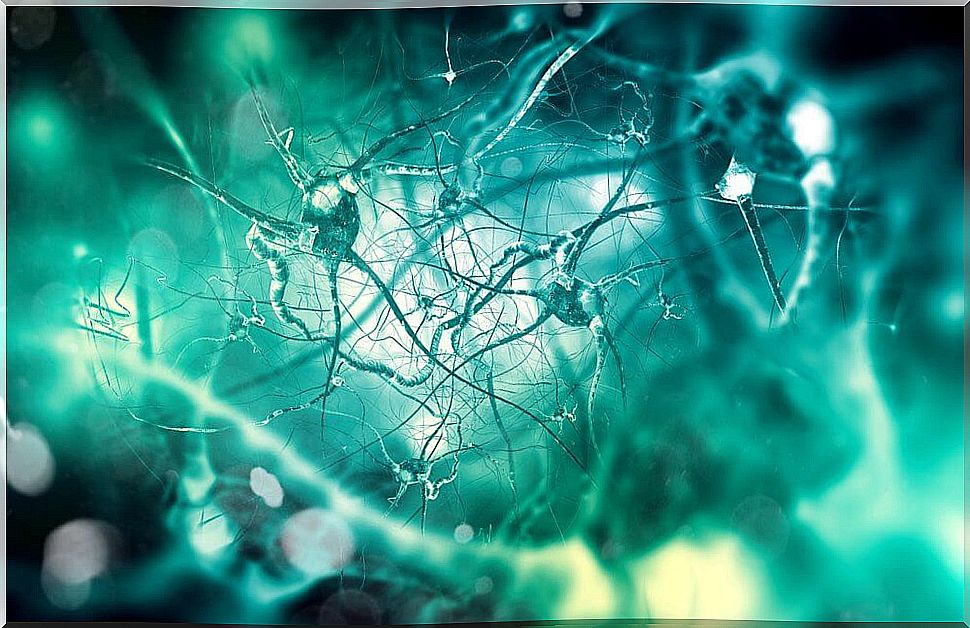
The perception of pain, why are there pains that become chronic?
They are structures located at the end of the axons that react to harmful thermal, mechanical or chemical stimuli. Now, if there is something we know, it is also that there are experiences that are more bearable than others, and conditions that, without knowing why, transform into states where pain persists until it becomes chronic.
Something that experts tell us is that pain is in tune with the severity of the injury or dysfunction. The pain of a cut on a finger, for example, will not go beyond two or three days as long as we carry out the appropriate disinfection and treatment measures. Now, in the case of a burn, things change. It implies that there are more damaged tissues, and that the healing process is usually more laborious.
On the other hand, it is also important to differentiate pain
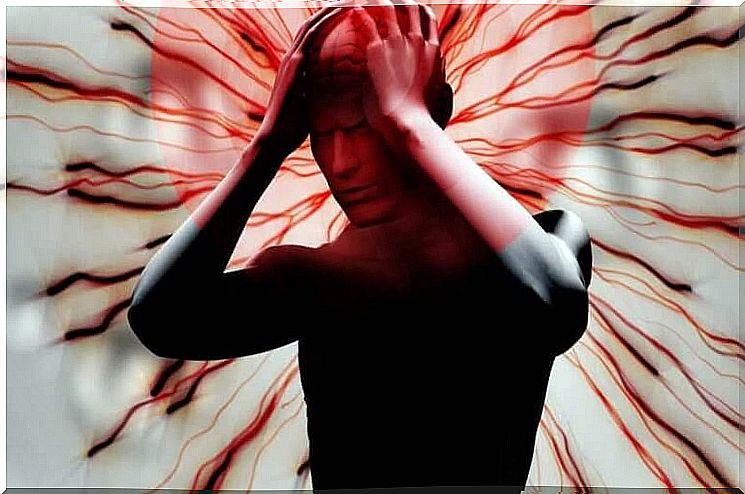
To conclude, remember only the aforementioned: science faces the challenge of developing more refined and personalized drugs. Chemical agents that act on those specific nociceptors that trigger pain, that suffering that often limits our quality of life.
